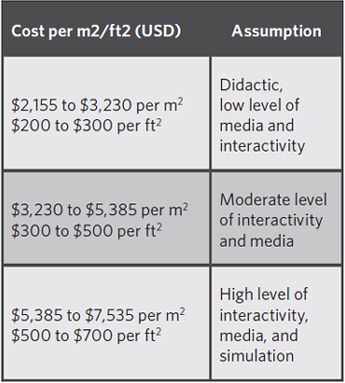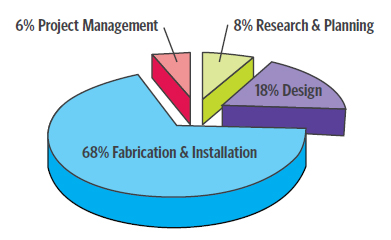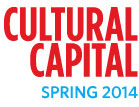|
 A well-managed budget can enable creativity, aid in decision-making, and ensure a successful project. Managed poorly, a budget will be a cause for frustration, backtracking, and a
significant stumbling block for realizing the Museumís vision. The first step is establishing a budget that is appropriate to the desired size, quality and complexity of the exhibition. As this Table illustrates, a major cost driver for todayís exhibitions is the level of multimedia that needs to be incorporated.
A well-managed budget can enable creativity, aid in decision-making, and ensure a successful project. Managed poorly, a budget will be a cause for frustration, backtracking, and a
significant stumbling block for realizing the Museumís vision. The first step is establishing a budget that is appropriate to the desired size, quality and complexity of the exhibition. As this Table illustrates, a major cost driver for todayís exhibitions is the level of multimedia that needs to be incorporated.
The pie chart illustrates average budget allocations for key exhibition development categories. Some may be more or less, but the largest expenditure is fabrication and
installation. Some of the factors that can increase cost of planning and design, leaving less money to actually build the exhibit, include the amount of work that needs to be contracted versus what can be done in house; the requirements for evaluation and testing; and the level of collection development. This final factor can have a significant impact on the budget if objects need to be researched, purchased or borrowed from private and public sources. Sometimes a Museumís acquisition budget can accommodate this requirement.
|




 A well-managed budget can enable creativity, aid in decision-making, and ensure a successful project. Managed poorly, a budget will be a cause for frustration, backtracking, and a
significant stumbling block for realizing the Museumís vision. The first step is establishing a budget that is appropriate to the desired size, quality and complexity of the exhibition. As this Table illustrates, a major cost driver for todayís exhibitions is the level of multimedia that needs to be incorporated.
A well-managed budget can enable creativity, aid in decision-making, and ensure a successful project. Managed poorly, a budget will be a cause for frustration, backtracking, and a
significant stumbling block for realizing the Museumís vision. The first step is establishing a budget that is appropriate to the desired size, quality and complexity of the exhibition. As this Table illustrates, a major cost driver for todayís exhibitions is the level of multimedia that needs to be incorporated.